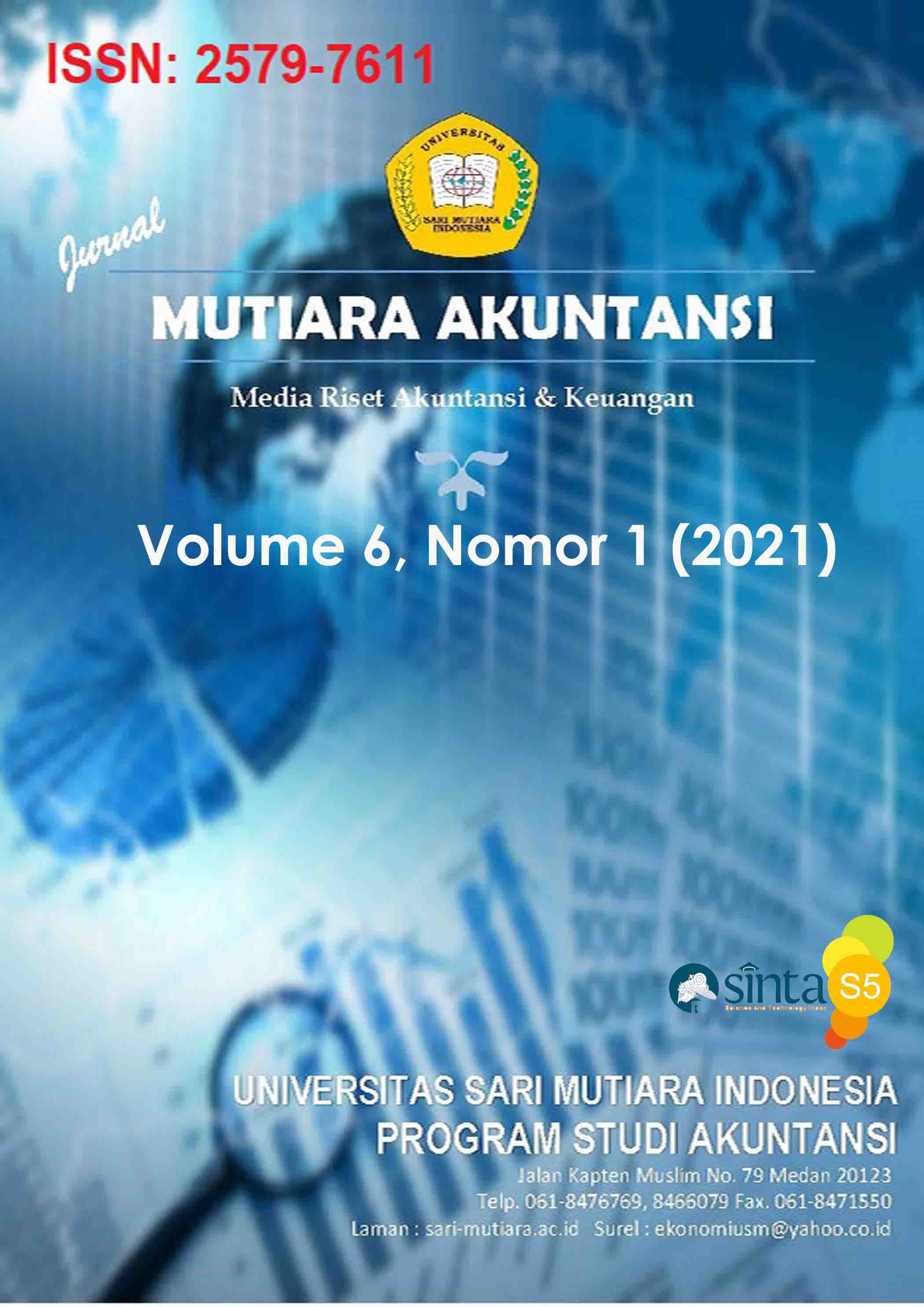Pengembangan Tes Berpikir Kreatif terhadap Hasil Belajar Akuntansi Siswa SMA Darussalam Medan
DOI:
https://doi.org/10.51544/jma.v6i1.1453Keywords:
Creative Thinking Tests, AccountingAbstract
The purpose of this study was to determine the effectiveness of the accounting creative thinking test on the learning outcomes of SMA Darussalam, to determine the sensitivity of the accounting creative thinking test to the learning outcomes of SMA Darussalam and to determine the students' responses to the accounting creative thinking test on the learning outcomes of SMA Darussalam. This research is a research on the development of Sugiono's modification through four stages, namely, test design, validation, limited trials and extensive trials. The instruments used in this study were creative thinking tests, validation sheets and student response questionnaires. The instrument was declared to have met the quality of the test. Testing the quality of the test for creative thinking in accounting by looking at the results of the validity, the distinguishing power of the questions, the difficulty level of the questions and the reliability of the questions. Based on the results of the calculation, it was found that the developed creative thinking test was less effective, because the average value of students' creative thinking skills had not yet reached a value of 60. The sensitivity of the creative thinking test was sensitive to student accounting learning outcomes with an average of 0.434. Student response to the creative thinking test developed was negative which was below 80%, which was 71.85%. So it can be concluded that the sensitivity of the accounting creative thinking test and the time it takes to complete the creative thinking test is effective and usable. However, in the creative thinking test category this is not effective because to answer the test requires a sufficiently deep skill, and this has not been mastered by the students.
Downloads
References
Arikunto, Suharsimi. 2009. Dasar-Dasar Evaluasi Pendidikan. Jakarta:Bumi Aksara.
Horbi. 2010. Metode Penelitian Pengembangan Aplikasi Pada Penelitian Pendidikan Matematika. Jember: Pena Salsabila.
Lasiman, Rustam, Agus Suprijanto, Suhaila.2016.Pengembangan Butir Soal Tes Hasil Belajar Siswa di SDN 2 Kelapa Tujuh di Kecamatan Kotabumi Selatan Kabupaten Lampung Utara.Duta Palapa: Jurnal Keguruan dan Kependidikan. 1(2):10-18.
Munandar. 2009. Pengembangan Kreativitas Anak Berbakat. Jakarta:Rineka Cipta.
Sinaga, Bornok, 2007. Pengembangan Model Pembelajaran Matematika Berdasarkan Masalah Berbasis Budaya Batak (PBM-B3). Disertasi:Universitas Negeri Surabaya.
Siswono, Tatag Yuli Eko. 2006. Implementasi Teori tentang Tingkat Berpikir Kreatif dalam Matematika. Seminar Konferensi Nasional Matematika XIII dan Kongres Himpunan Matematika Indonesia (pp.1-16). Semarang: FMIPA Universitas Negeri Semarang.
Sudjana, Nana. 1990. Teori-teori Belajar Untuk Pengajaran. Bandung: Fakultas Ekonomi UI.
Sugiyono. 2010. Metode Penelitian Pendidikan Pendekatan Kuantatif, Kualitataif, dan R&D. Bandung:Alfabeta.
Trianto. 2010. Mendesain Model Pembelajaran Inovatif Progresif. Jakarta:Kencana.









 This work is licensed under a
This work is licensed under a 



.png)
